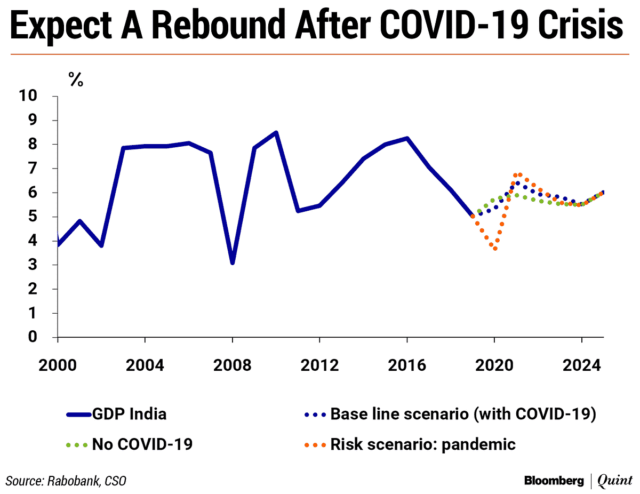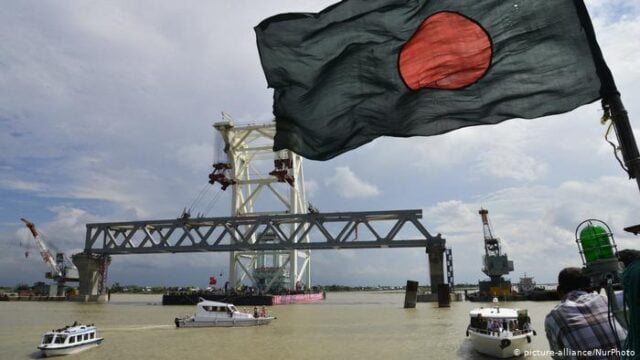The International Monetary Fund (IMF) recently released a growth chart which compared the real per capita GDP of several countries and it was shocking to see India trailing Bangladesh in the race. It shows that Bangladesh may take over India’s per capita by 2021.
And like any other time, our country’s beloved Rahul Gandhi took a chance to take a dig at the government for this. He was being particularly sarcastic about it, calling it a “solid achievement of six years of BJP’s hate-filled cultural nationalism” as per Business Standard.
But are we comparing both the economies on the right kind of metrics? This article talks about the same.
I wrote this after reading an article on Bloomberg on how the national dream of India getting ahead of the Chinese economy will remain just a dream since we are trailing behind even Bangladesh.
Is It True?
Well, not according to renowned economist Arvind Subramanian, who is a former Chief Economic Adviser to the Government of India. He says that real per capita GDP is just one factor and there are several more to consider.
According to him, a better way to compare welfare in the two countries would be to see the GDP at constant and purchasing power parity (PPP) exchange rates.
PPP exchange rate states that the currencies being compared are said to be in equilibrium if purchasing power in both countries of the respective currencies is the same.
We might be ignoring factors of inflation, currency fluctuations and much more. Former CEA also said that our country will bounce back to pre-COVID levels of real per capita GDP in just the next 3 years.
Also Read: India Is Scrambling To Hold On To The Smallest Asian Country, Maldives: Here’s Why
The World Economic Outlook has also said that India may very well take over China in 2021 with a growth rate of 8.8% against China’s 8.2%.
But What About The Impact Of COVID?
COVID-19 has absolutely impacted both India’s economy as well as Bangladesh’s economy. But we need to understand that Bangladesh is a smaller country with a lesser population when compared to India.
Systems in India work differently than our eastern neighbour and multiple metrics need to be taken into consideration while drawing comparisons.
So to answer the question whether we are lagging behind in the money game or not – momentarily, maybe yes, but not in actual terms. What we can do is learn some lessons from Bangladesh’s consistency.
The trend has been that Bangladesh has gradually closed up the gap and we are no more than about 1.2% ahead of them. Indian labour force potential is not properly tapped into, and most of the focus goes to the skilled, educated class of workers.
Lessons that can be learnt from our neighbour’s economy is a different conversation, perhaps for another article. Right now, there is only one thing to remember – wear a mask and take all precautions to fight this pandemic. Let this pass, then we can take care of the economy together.
Image Sources: Google Images
Sources: Business Standard, Economic Times, Bloomberg
Connect With The Blogger: @som_beingme
This post is tagged under: bangladesh gdp, covid impact on economy, economic slowdown, gdp per capita, indian economy, indian economy demonetisation impact, indian economy growth, international monetary fund
Other Recommendations:
Saif Ali Khan Claims To Justify Sita’s Abduction By Ravana In Next Film, But Is It Needed Today?







































